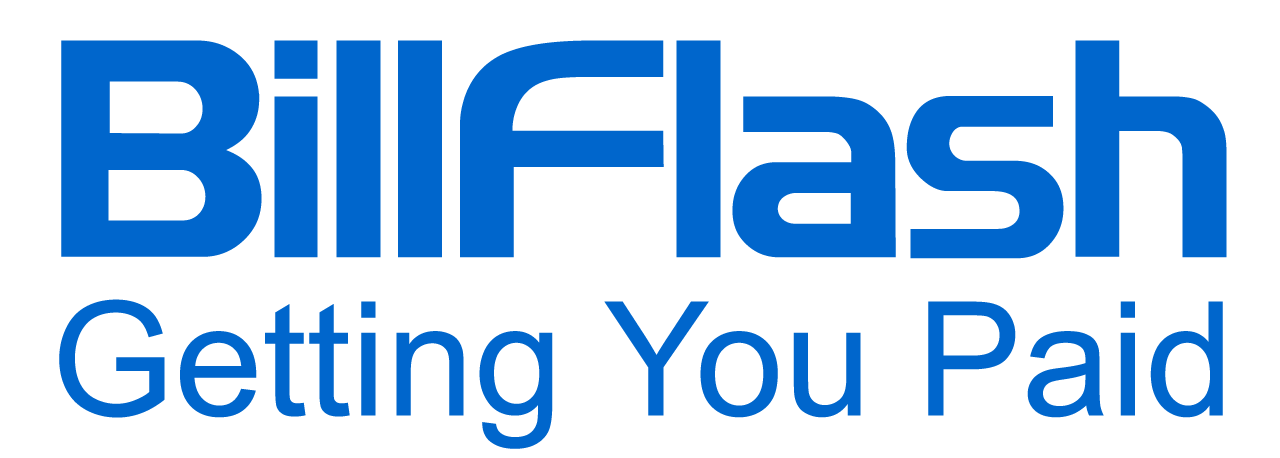One area that medical practices often overlook is payment processing fees. Here, we explore what Interchange Plus and Flat Rate fees are.
For medical practices, every dollar counts when it comes to the bottom line. With already tight profit margins, rising costs, and challenges with insurance reimbursements, practices must pay close attention to any area where there is potential for cost savings. One area that is often overlooked is payment processing fees. With more patients utilizing credit cards, these processing costs can add up. It's estimated that on average, healthcare providers pay 1.5 to 3% of every transaction in payment processing fees.
For an average-sized medical practice, thousands of dollars per year could be unnecessarily wasted on excessive or hidden credit card fees. For a medical practice handling $500,000 in card payment volume annually, that could correlate to $7,500 to $15,000 spent on fees. Fully understanding payment processing costs and fee structures is critical for managing this.
However, payment processing is not simple, making it difficult for busy practice managers and administrators to fully understand. That's why medical practices must invest the time upfront to understand the different pricing models and fee structures.
Two main options exist when it comes to pricing models: Interchange Plus and Flat Rate. Each option has distinct implications for costs, transparency, and predictability. Carefully evaluating both approaches and how they align with your practice's needs helps you choose the best solution.
Understanding Interchange Plus Fees

Interchange Plus pricing passes along the wholesale fees (called Interchange fees) that card issuers like Visa and Mastercard charge. The processor then adds their markup in addition to those fees. The benefit is that you only pay the true cost of processing. The downside is fees fluctuate, so it's less predictable.
For example, a $100 credit card transaction in your medical practice may have a $2 interchange fee. With Interchange Plus, your practice pays $2 plus the processor's markup.
The markup also differs based on factors like:
- Card type: Rewards cards have higher interchange than standard consumer cards
- Transaction type: Card-present vs. card-not-present
- Payment method: Credit vs. debit cards
- Business type: Qualified healthcare interchange rates apply
Interchange fees are non-negotiable. Your payment processor will apply a markup above interchange to cover their costs and profit margin. General markups range from 0.25% to 2%, but they can be higher.
Your medical practice may incur additional fees such as:
- Monthly gateway charges
- PCI compliance fees
- Chargeback fees
- Reporting or statement fees
Pros of Interchange Plus Fees:
- Full transparency into the interchange costs set by card networks puts you in a better position to understand the source of most of your payment processing expenses.
- Ability to directly see, evaluate, and possibly negotiate your processor's markup above interchange. This is where you have the most control.
- All components are outlined in your statement, allowing you to monitor costs.
- Often produces lower total costs for the year, saving your practice money.
Cons of Interchange Plus:
- Changing interchange rates based on modifications to card network pricing makes your overall costs less predictable.
- Complexity of multiple line-item fees.
- Markup rates and additional fees may also rise over time as processors face higher operating costs.
Exploring Flat Rate Fees

Flat Rate pricing provides medical practices with a simplified approach to paying for card processing services. With Flat Rate pricing, the processor charges one flat percentage fee per transaction, typically between 2-3%. Under the flat-rate payment processing model, that same $100 credit card transaction at your medical practice would mean paying a fixed percentage fee and a fixed transaction fee. The fees are typically 2.9% and $0.30 per transaction.
With Flat Rate pricing, all fees are bundled into a single rate charged per transaction.
- Single Composite Rate: You pay an all-in rate that includes interchange, markup, as well as other fees.
- Possible Tiers Based on Volume: Some providers offer tiered flat rates (depending on your monthly transaction volumes).
- Potential Added Fees: You may still get charged additional fees (i.e. gateway, PCI, etc.)
Pros of Flat-Rate Fees:
- Simplicity of a single rate. Easy to predict and budget for card processing expenses.
- If volume tiers are offered, you can decrease rates once volumes increase.
- Avoiding the changing interchange fees. The locked-in flat rate provides stability.
Cons of Flat-Rate Fees:
- No transparency into the interchange, markup, as well as other back-end costs bundled into the rate.
- Limited ability to negotiate pricing since you don’t know providers' costs.
- Rates may still rise over time with hikes from payment processors.
Comparing the Two Payment Processing Approaches
When deciding between the two pricing approaches for medical payment processing, the differences come down to transparency versus simplicity. With Interchange Plus, medical practices will have better visibility into the interchange rates that the card networks have set, the markup added by their processor, as well as any added fees. Although the monthly fees can’t be predicted, the total year-end cost tends to be lower.
Another factor for medical practices to consider are the government-mandated limits on chargeable amounts when debit cards are used. This regulation has significant implications for medical offices, particularly given that Flexible Spending Accounts (FSA) and Health Savings Accounts (HSA) typically utilize debit cards. According to Dan Loch, president at EZClaim, an analysis conducted during Fullsteam's acquisition of EZClaim revealed that this policy yields approximately $3.00 in savings for every $100 charged using Interchange Plus vs. the Flat Rate model; savings that can add up over time.
Flat Rate, on the other hand, consolidates all costs into a single bundled percentage per transaction, along with any separate additional fixed fees. While this makes it easier to understand and predict expenses, the all-in rate may not provide enough clarity. Negotiating rates also becomes extremely difficult without transparency. Interchange Plus caters to medical practices that prioritize insights into cost components and are willing to manage some complexity.
In the end, choosing between the two models depends on your medical practice's priorities, pain points, and capabilities.
Decision-Making Considerations

Several key factors should help your medical practice decide between Interchange Plus and Flat Rate models. Evaluating monthly card payment volumes indicates whether tiered flat-rate pricing could provide savings at higher levels. Weighing the importance of transparent costs versus consistent rates will help determine which is better for your practice. The ability to analyze complicated statements also influences the decision.
Carefully weigh the following when choosing a payment processing model:
- Average monthly processing volumes
- Comfort with changing interchange fees
- Importance of transparency
- Abilities to negotiate
- Needs for predictability vs. control
- Ability to analyze statements
If minimizing exposure to changing interchange rates is important to your practice, the Flat Rate model offers stability. Determining comfort with negotiating markups and fees enabled by Interchange Plus transparency is also another factor to consider.
Every medical practice needs to take a strategic approach to deciding. Carefully considering your practice's workflow patterns, current and projected payment volumes, financial management capabilities, desire for rate variability, and priorities will put you in a better position to make the right choice.
Finding the Right Payment Processing Partner
Payment processing decisions require due diligence, and BillFlash is committed to transparency in pricing, cost-effective solutions, and customizing choices based on each practice's needs. If you're looking for a payment solutions partner who understands the realities of medical practice finances, visit our website to learn more about our services.
Schedule a demo today to find out how we can handle your practice's payment processing needs.

